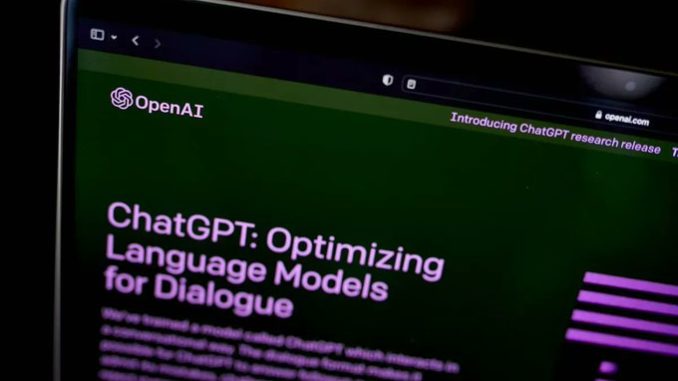
-
In tests, software only identied AI-written text 26% of time
-
Teachers have been struggling to cope with rise of ChatGPT
OpenAI, which released the viral ChatGPT chatbot last year, unveiled a tool that’s intended to help show if text has been authored by an artificial intelligence program and passed off as human.
The tool will flag content written by OpenAI’s products as well as other AI authoring software. However, the company said “it still has a number of limitations — so it should be used as a complement to other methods of determining the source of text instead of being the primary decision-making tool.”
In the Microsoft Corp.-backed company’s evaluations, only 26% of AI-written text was correctly identified. It also flagged 9% of human-written text as being composed by AI.
The tool, called a classifier, will be available as a web app, along with some resources for teachers, the company said in a statement Tuesday. The popularity of ChatGPT has given rise to authorship concerns as students and workers use the bot to create reports and content and pass it off as their own. It’s also spurred worries about the ease of auto-generated misinformation campaigns.
“While it is impossible to reliably detect all AI-written text, we believe good classifiers can inform mitigations for false claims that AI-generated text was written by a human: for example, running automated misinformation campaigns, using AI tools for academic dishonesty, and positioning an AI chatbot as a human,” OpenAI said in a blog post.
